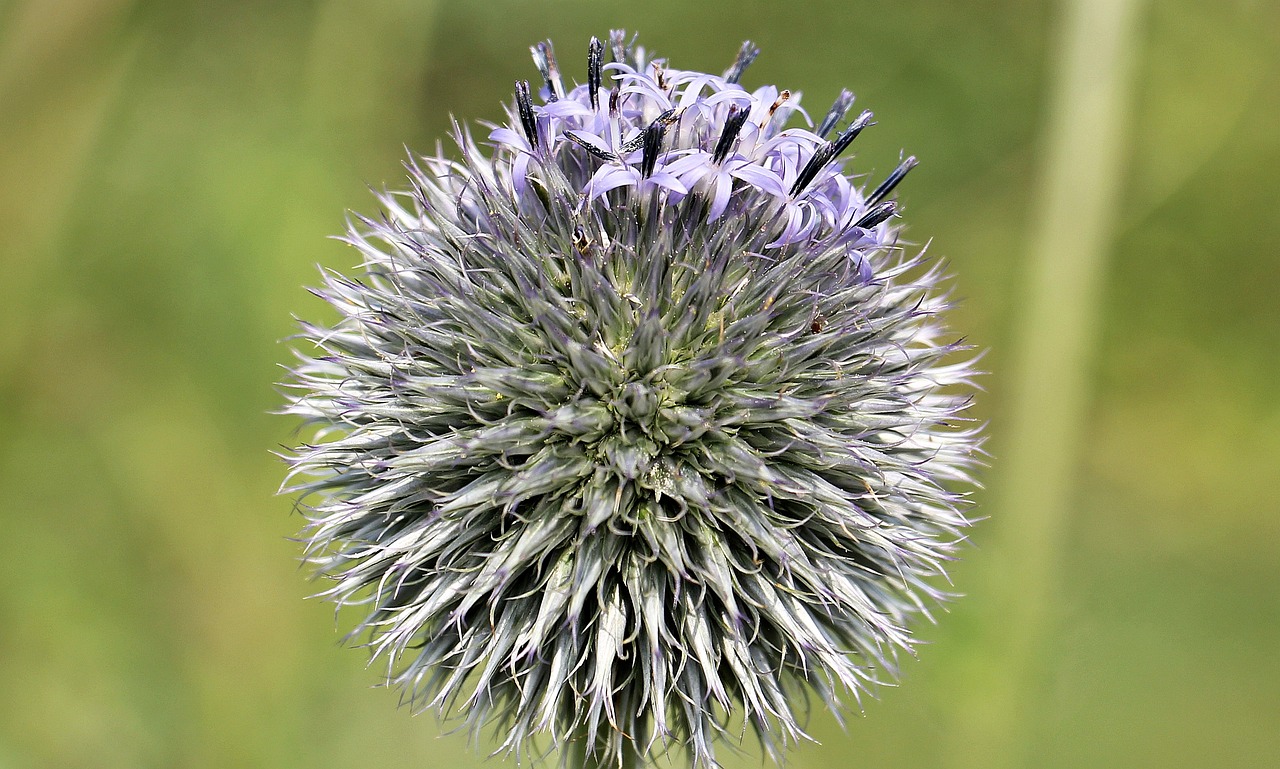
Planting Thistles: Nurturing Resilient Beauty
Thistles, with their prickly exteriors and delicate blooms, are a testament to nature’s unique ability to blend strength and elegance. Planting thistles may seem like an unconventional choice, but it can yield a garden of robust beauty. In this comprehensive guide, we’ll delve into the world of thistles and explore the art of planting and caring for these remarkable plants.
Table of Contents
- Introduction: Embracing the Unconventional
- Getting to Know Thistles
- Thistle Varieties and Characteristics
- The Ecological Significance of Thistles
- Preparation: Setting the Stage for Planting
- Choosing the Right Location
- Soil Preparation and Enrichment
- Planting Thistles: A Step-by-Step Guide
- Selecting Healthy Thistle Plants
- Planting Depth and Spacing
- Watering and Mulching
- Caring for Your Thistle Garden
- Regular Watering and Maintenance
- Protecting Against Pests and Diseases
- Thistle Elegance: From Bloom to Seed
- Admiring the Magnificent Blooms
- Harvesting and Propagating Thistle Seeds
- Thistles in Myth and Symbolism
- Cultural Significance Throughout History
- Thistles as a Source of Inspiration
- Conclusion: Cultivating Resilience and Beauty
- FAQs (Frequently Asked Questions)
- Are all thistle varieties prickly?
- Can thistles thrive in different climate zones?
- Is it true that thistles attract pollinators?
- How do I prevent thistles from becoming invasive?
- What are some companion plants that go well with thistles?
Introduction: Embracing the Unconventional
In a world of daisies and roses, why not dare to be different? Thistles, often overlooked and misunderstood, bring a unique charm to gardens that embrace their wild spirit. Their journey, from prickly buds to exquisite blossoms, is a story of resilience and natural beauty.
Getting to Know Thistles
Thistle Varieties and Characteristics
Thistles encompass a diverse range of species, each with its own distinctive features. Some boast vibrant purple hues, while others surprise with their pale pink petals. Despite their spiky appearance, thistles exude a rugged elegance that is hard to ignore.
The Ecological Significance of Thistles
Beyond their ornamental appeal, thistles play a vital role in ecosystems. They provide nectar for pollinators and offer shelter to small creatures. Understanding their ecological importance can deepen our appreciation for these tenacious plants.
Preparation: Setting the Stage for Planting
Choosing the Right Location
Like any successful endeavor, planting thistles begins with location. Thistles thrive in areas with ample sunlight, well-draining soil, and enough space to spread their roots.
Soil Preparation and Enrichment
Thistles appreciate soil that is nutrient-rich and well-prepared. Enhance the soil with organic matter to create a welcoming environment for your thistle garden.
Planting Thistles: A Step-by-Step Guide
Selecting Healthy Thistle Plants
When selecting thistle plants, opt for those with strong stems and vibrant leaves. Avoid plants with discoloration or signs of disease.
Planting Depth and Spacing
Give your thistles room to grow by planting them at the appropriate depth and spacing. This ensures they have the necessary resources to flourish.
Watering and Mulching
Thistles benefit from regular watering, especially during their initial growth stages. Applying mulch helps retain moisture and suppresses weed growth.
Caring for Your Thistle Garden
Regular Watering and Maintenance
Maintain a consistent watering schedule to keep your thistles hydrated. Regular maintenance, including pruning and deadheading, promotes healthy growth.
Protecting Against Pests and Diseases
Thistles can attract pests and diseases, but with proper care and vigilance, you can minimize these risks and ensure your garden thrives.
Thistle Elegance: From Bloom to Seed
Admiring the Magnificent Blooms
As your thistles bloom, take a moment to revel in their splendor. Their unique beauty adds a touch of enchantment to any garden landscape.
Harvesting and Propagating Thistle Seeds
Harvesting thistle seeds allows you to propagate new plants and share their wonder with others. Proper techniques ensure successful seed collection.
Thistles in Myth and Symbolism
Cultural Significance Throughout History
Thistles have left an indelible mark on human culture. From ancient myths to modern symbolism, they have been revered for their tenacity and allure.
Thistles as a Source of Inspiration
Artists, writers, and poets have drawn inspiration from thistles’ intriguing blend of roughness and grace. Their portrayal in creative works reflects their captivating essence.
Conclusion: Cultivating Resilience and Beauty
In a world where conformity often reigns, planting thistles is a tribute to the extraordinary. These hardy plants teach us valuable lessons in resilience, and their beauty adds a touch of untamed elegance to our surroundings.
FAQs (Frequently Asked Questions)
Are all thistle varieties prickly?
While many thistle varieties possess thorns or spines, not all thistles are prickly. Some species have softer textures that make them more approachable.
Can thistles thrive in different climate zones?
Yes, thistles exhibit remarkable adaptability and can thrive in various climate zones, provided their specific requirements are met.
Is it true that thistles attract pollinators?
Absolutely! Thistles produce nectar-rich blooms that attract a diverse array of pollinators, including bees and butterflies.
How do I prevent thistles from becoming invasive?
Regular monitoring and prompt removal of any spreading plants can help prevent thistles from becoming invasive in your garden.
What are some companion plants that go well with thistles?
Thistles can be complemented by plants like lavender, coneflowers, and bee balm, which create a harmonious and pollinator-friendly garden ecosystem.